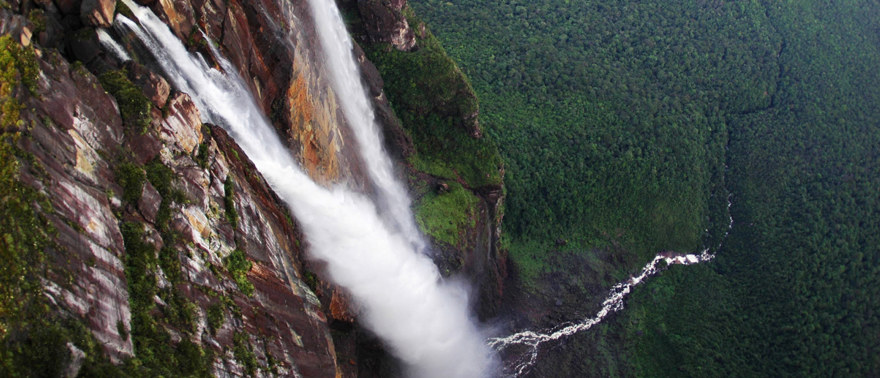Amazonia's biodiversity

The biodiversity of the Amazon Rainforest is beyond comparison the greatest in the world. Alexandre Antonelli, curator at Botaniska, is doing research on why the biodiversity is so great there. His results show that the appearance of the Andes chain of mountains is a very important cause of this enormous biodiversity. This means that the biodiversity in the region has older origins than scientists have previously thought.
Nowhere else in the world are there so many species of animals and plants as in tropical America. About 100,000 species of plant are to be found there for example, which is as many as in tropical Africa and South-east Asia put together.
There are masses of scientific theories about why biodiversity is so great in Amazonia. One explanation that has been suggested is that it depends on the climate changes and recurring ice ages that have affected the Earth during the three most recent millions of years. Another theory is based on how the South American continent broke away from the African continent three and a half million years ago, joining up with North America after that.
Biodiversity is linked to the appearance of the Andes
Alexandre Antonelli is now busy writing about Amazonia's history in relation to biodiversity. Along with an international group of scientists, he is showing that there is a strong link between the appearance of the Andes and the biodiversity in the Amazon Rainforest:
"Our results point to the biodiversity in the region having older origins than we previously believed", Alexandre Antonelli tells us.
The Andes chain of mountains along South America's west coast is the only mountain chain in the world in direct proximity to a rainforest. It was formed during the most recent 20 million years and had great influence over the environment. As the mountain massif rose up, new mountain environments were created. When plants and animals adapted to the new conditions, isolated from other populations by high mountains and deep valleys, they became more and more unlike each other as time passed, thus developing into new species.
DNA technology is an important tool
"One indispensible tool for our research into the origins of the great biodiversity here has been DNA technology", says Alexandre Antonelli. By studying how DNA sequences from different species differ, scientists have been able to assess how the various species are related to each other. The differences in DNA have also been used to estimate how long ago in time the species were derived from a common forebear. The pattern for the current biodiversity in Amazonia has then been compared with geological data.






